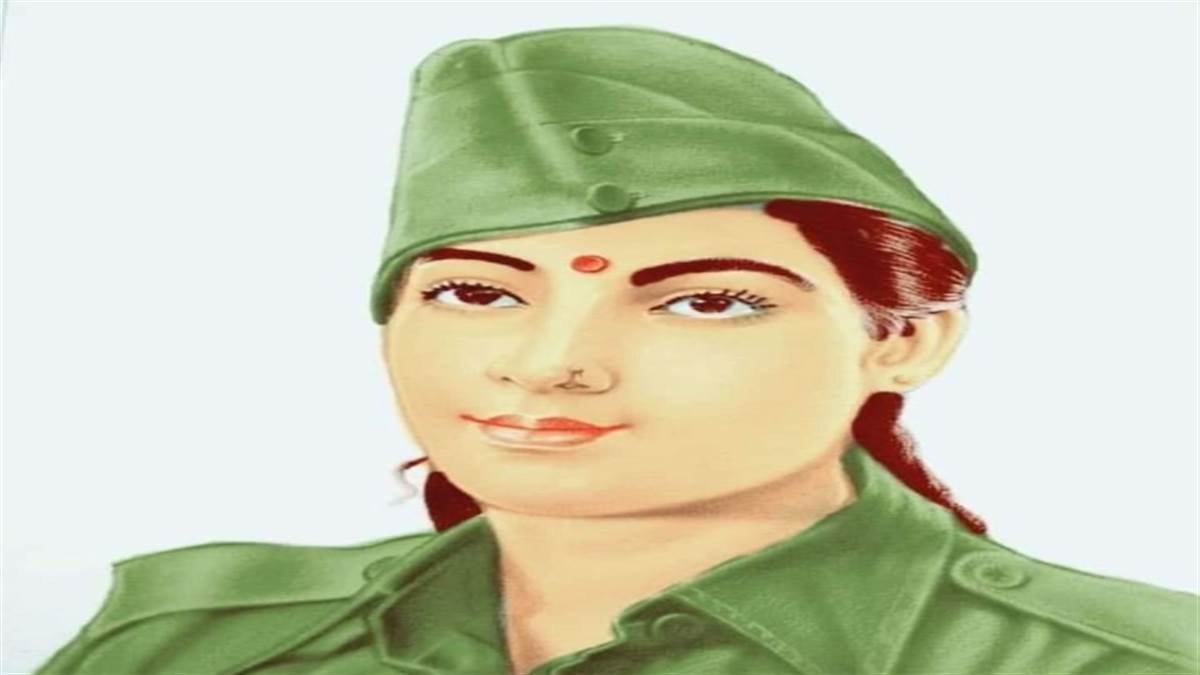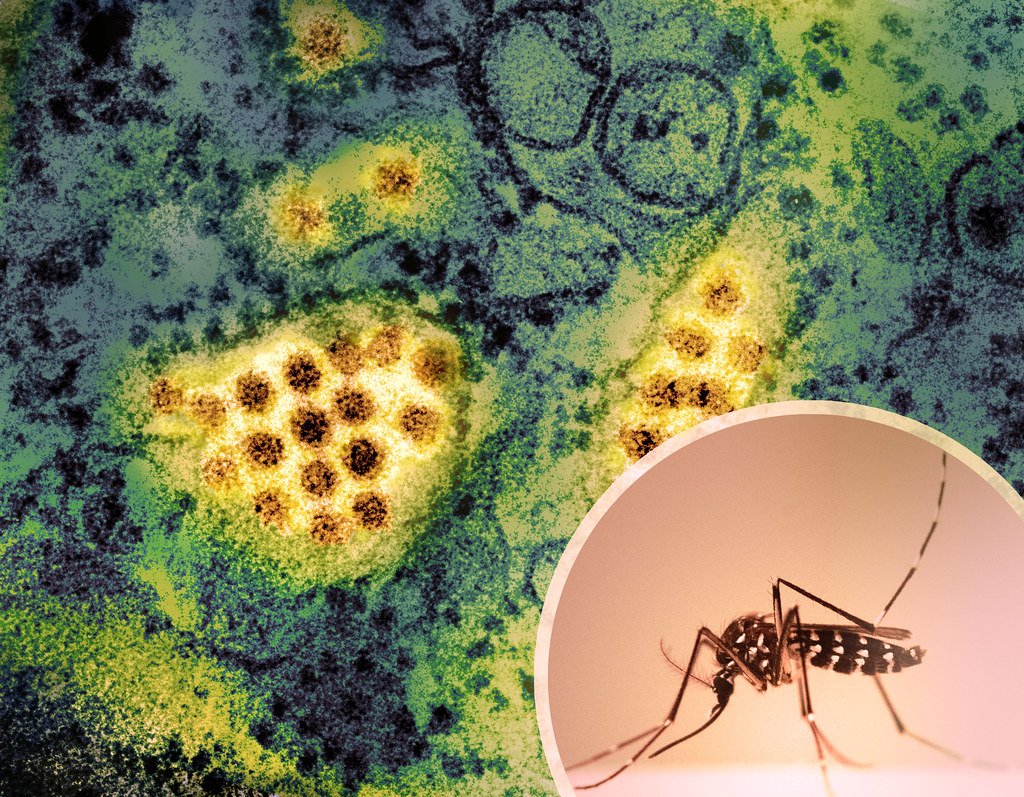When we speak about India’s fight for independence, names like Mahatma Gandhi, Subhas Chandra Bose, Bhagat Singh, and Rani Lakshmibai often come to mind. Yet, hidden in the shadows of history are countless unsung heroes who gave everything for the nation. Among them stands Neera Arya, a brave daughter of India, whose story is one of unmatched courage, sacrifice, and silent suffering.
Early Life
Neera Arya was born in Khekra, Uttar Pradesh, into a traditional family. From a young age, she was deeply patriotic and inspired by the growing freedom movement. Her destiny, however, would lead her on a path that tested her loyalty not just to her family, but also to her nation.
Joining the INA
The turning point in Neera’s life came when she became a part of Netaji Subhas Chandra Bose’s Indian National Army (INA). Netaji’s call for an armed struggle against British rule attracted many young men and women, and Neera stood among the few women who chose to take up the challenge. She served as a spy for the INA, gathering intelligence and working in secrecy to support the cause of independence.
A Choice Between Love and Nation
Neera Arya’s personal life took a dramatic turn when she was married to Shreekant Jayranjan Das, an officer serving under the British government. For a while, her life seemed torn between her marital duties and her devotion to Netaji’s cause.
But history remembers her for the most painful decision of her life. When she discovered that her husband was plotting to assassinate Netaji Subhas Chandra Bose, she made the ultimate sacrifice. Choosing the nation over her marriage, she killed her own husband to protect Netaji. This act marked her as one of the boldest women in the freedom struggle.
Torture and Imprisonment
After this incident, Neera Arya was arrested by the British. She was subjected to brutal torture in prison, including physical assaults and psychological abuse. Despite the suffering, she never betrayed the INA or revealed any secrets.
Her body bore the scars of cruelty, but her spirit remained unbroken. Neera became a symbol of resilience, though her struggles were barely recorded in official history.
Life After Independence
India won its independence in 1947, but for Neera Arya, freedom did not bring honor or relief. Unlike many recognized freedom fighters, she was denied government support, pensions, or awards.
Her later years were spent in poverty. Living in Hyderabad, she survived by selling flowers near the Secunderabad Railway Station. Few passersby knew that the woman selling garlands had once been a warrior who fought for their nation’s freedom.
She died in 1998, almost forgotten, leaving behind a legacy of sacrifice but no recognition during her lifetime.
Legacy and Recognition
Today, efforts are slowly being made to bring her story back into the light. Writers, researchers, and patriotic groups have started highlighting Neera Arya’s bravery, reminding us that the story of India’s freedom is incomplete without acknowledging the silent warriors like her.
Her life raises an important question: Do we, as a nation, truly honor all those who gave everything for our independence?
Conclusion
Neera Arya’s story is not just about the past it is a reminder for the present and future. She chose her nation over personal happiness, endured torture without fear, and sacrificed everything for freedom. Yet, she died unrecognized and in poverty.
Remembering Neera Arya is not only about paying tribute to her it is about ensuring that no sacrifice for the nation goes forgotten.















